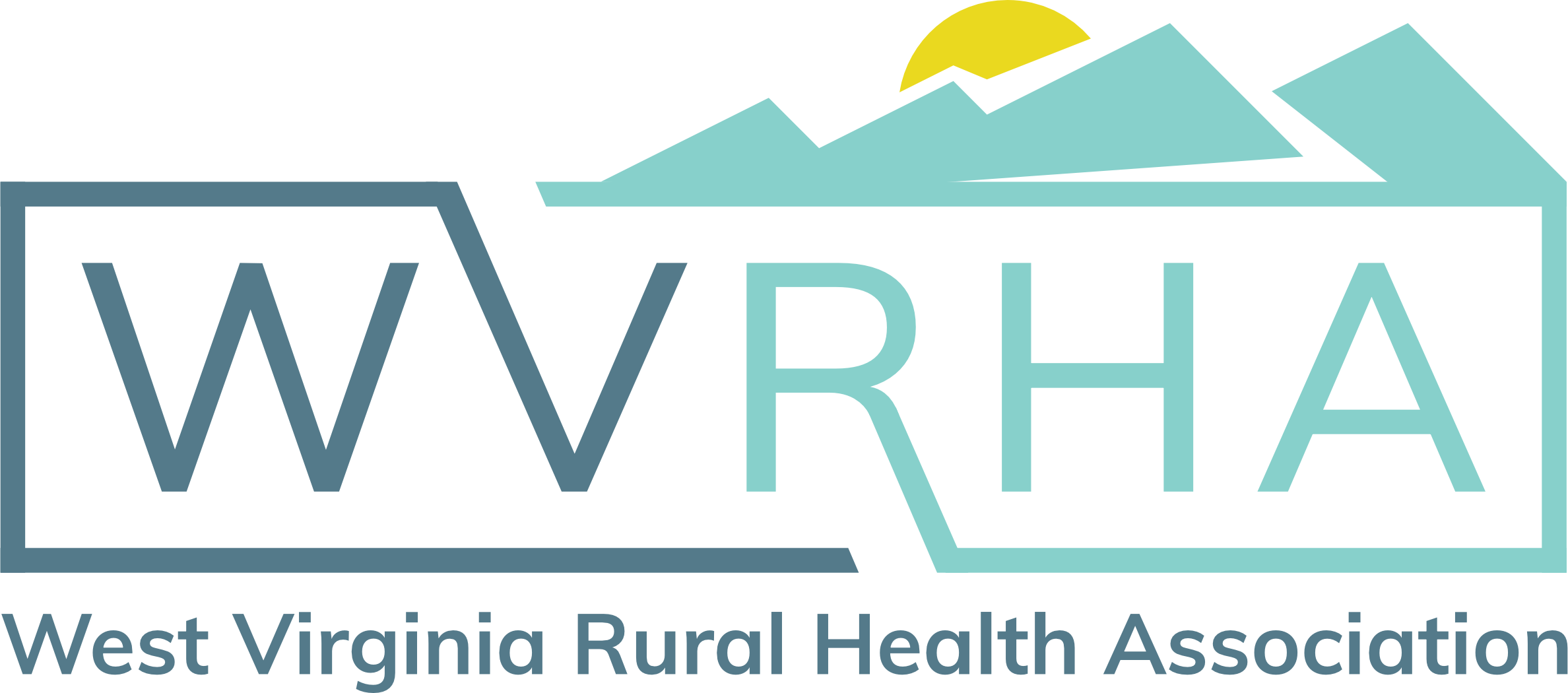We fund the development and sharing of guidelines for well-child, well-adolescent, and well-woman health care checkups. We support the Advisory Committee on Heritable Diseases in Newborns and Children to propose a set of conditions for which states should screen newborns.
Why do we support this kind of work?
Creating national guidance for preventive care:
- Helps everyone get preventive clinical care – across the country
- Promotes access to these services
- Helps support well-being and prevent illness
- Helps health care providers, communities, and families work together to improve health
How do we support the creation of guidelines?
We award funding for Bright Futures and the Women’s Preventive Services Initiative (WPSI):
- Bright Futures focuses on infants, children, youth, and young people
- WPSI targets women’s preventive services, including youth and young adults
For newborns, we support the Advisory Committee on Heritable Disorders in Newborns and Children (ACHDNC). The ACHDNC reviews conditions to include on the Recommended Uniform Screening Panel (RUSP).
- The RUSP is a list of conditions that the Secretary of the Department of Health and Human Services (HHS) recommends states screen for as part of their universal newborn screening (NBS) programs
How do we create well-woman and well-child guidelines?
There are several steps:
- The Bright Futures and WPSI awardee organizations assemble clinical experts, who review existing guidelines and the newest research. Then the awardee organizations inform HRSA of their proposed updates.
- We publish proposed updates in the Federal Register. This gives an opportunity to anyone, including the public, to review and give input.
- The awardee organizations review the comments and recommendations. They may make changes to their recommendations based on the feedback.
- The awardees make recommendations to the HRSA Administrator.
- After review, if approved, the HRSA Administrator accepts the proposed guidelines.
- We publish the guidelines.
- Bright Futures provides a common framework for well-childcare from birth to age 21
- Women’s Preventive Services Initiative provides recommendations for women, from adolescents through adulthood
How are newborn screening recommendations developed?
The ACHDNC conducts evidence-based reviews to assess conditions nominated for the RUSP.
They make recommendations to the Secretary for conditions to add to the RUSP based on evidence that supports:
- The potential benefit of screening
- The ability of states to screen for the condition
- The availability of effective treatments
The Secretary recommends screening newborns for all conditions on the RUSP.
For more information on the process, please see the Committee’s website.
When do you update the guidelines and RUSP?
Awardees update guidelines at least once every five years to stay current with available research.
The ACHDNC accepts nominations for conditions to consider for the RUSP on a rolling basis.
How do doctors, nurses, and other providers know about these guidelines?
The awardee organizations for Bright Futures and WPSI encourage doctors and other primary care providers to follow the recommendations and use the resources.
Bright Futures
The Bright Futures Periodicity Schedule (PDF – 608 KB) encourages providers to talk to families, children, and adolescents about specific health services and screening at each well-child visit. The Schedule provides for 32 well-child visits from prenatal to 21 years of age.
WPSI
The Well-Woman Chart shows clinicians services and screenings to give to women starting at age 13, including:
- Preventive services for general health, cancer, and infectious disease
- Services for pregnant and postpartum women
RUSP
The ACHDNC posts updates to the RUSP on their website and publish the evidence reviews in peer-reviewed journals.
We support the work of the ACHDCN and fund a newborn screening technical assistance program that helps states implement newborn screening for all conditions on the RUSP.
How does this work make sure newborns, children, and women get the services they need?
According to Section 2713 of the Public Health Service Act, private health insurers must provide coverage without cost sharing for the screenings and services in the guidelines. These guidelines make sure children and women receive a comprehensive set of preventive services without having to pay a co-payment, co-insurance, or deductible.
How long does the current Bright Futures and WPSI funding last?
We fund:
- Bright Futures through April 2023
- WPSI through February 2026


